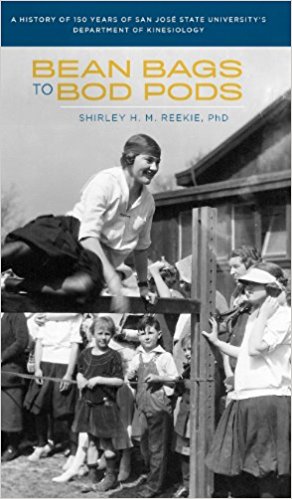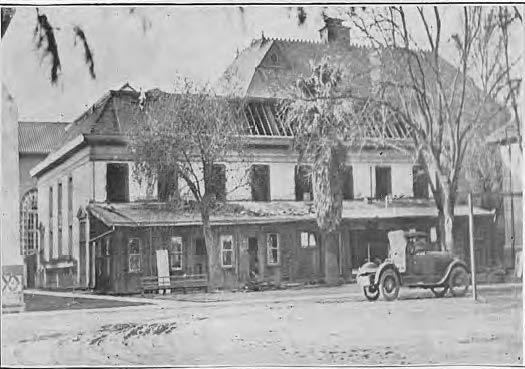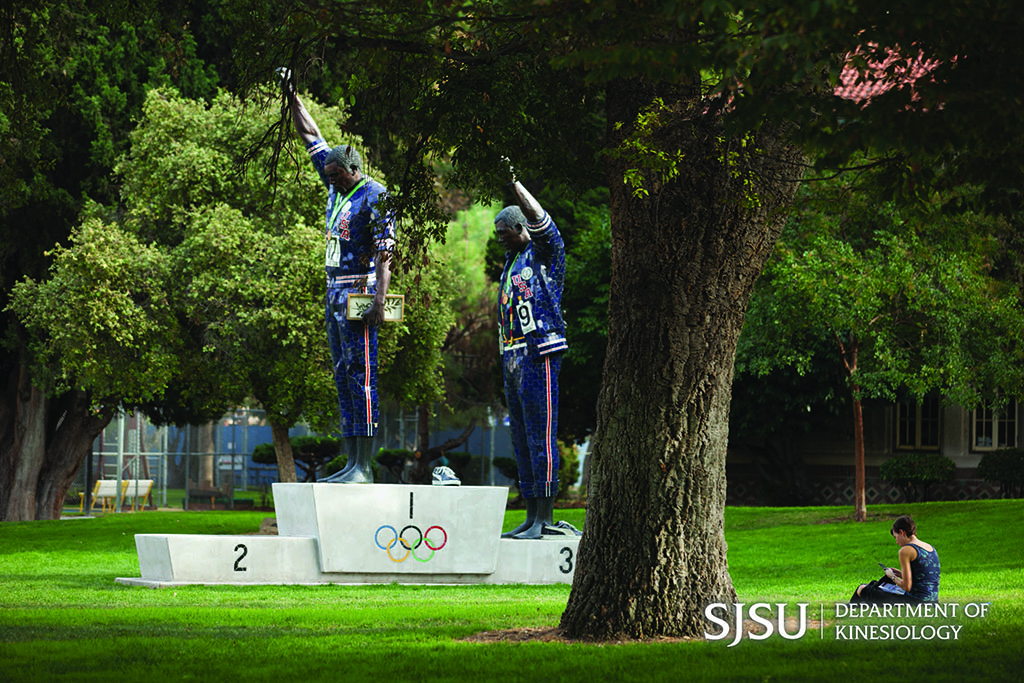History
Department of Kinesiology
The Department of Kinesiology at San Jose State University has a long and ever-changing history framed by the university's commitment to physical education, health, and wellness. From its beginnings as a traditional physical education program, the department has emerged into a multifaceted program in which the science and art of human movement are explored. Originally part of SJSU's larger physical education initiative, the department has adapted to the change in demand from health, sport, and fitness-related industries.
The Department of Kinesiology has been on the frontline of academic fields associated with health and wellness through student instruction in physical education, exercise science, and sports management. Over the years, it has consumed other specializations such as biomechanics, sports psychology, athletic training, and adapted physical education for people with disabilities. Today, students will benefit from state-of-the-art facilities, hands-on research, and a strong network of partnerships in the community.
It speaks volumes of historical roots, such as the milestone events in the Department of Kinesiology at SJSU, such as Dr. Shirley Reekie's publication "From Bean Pods to Bod Pods," a narration of transformation and growth from a historical perspective. The work by Dr. Reekie represents the spirit and dedication to drive the department's journey.
No matter what students aspire to be, physical therapists, fitness trainers, educators, or researchers, SJSU's Kinesiology Department has the proper academic preparation and real-life experience that will surely lead each one of them into a successful career. The department keeps reinventing itself to help students understand the dynamic role of movement and wellness in improving the quality of life.
Reference
 Read more about broader SJSU history on the SJSU history page.
Read more about broader SJSU history on the SJSU history page.


© David Schmitz Photography